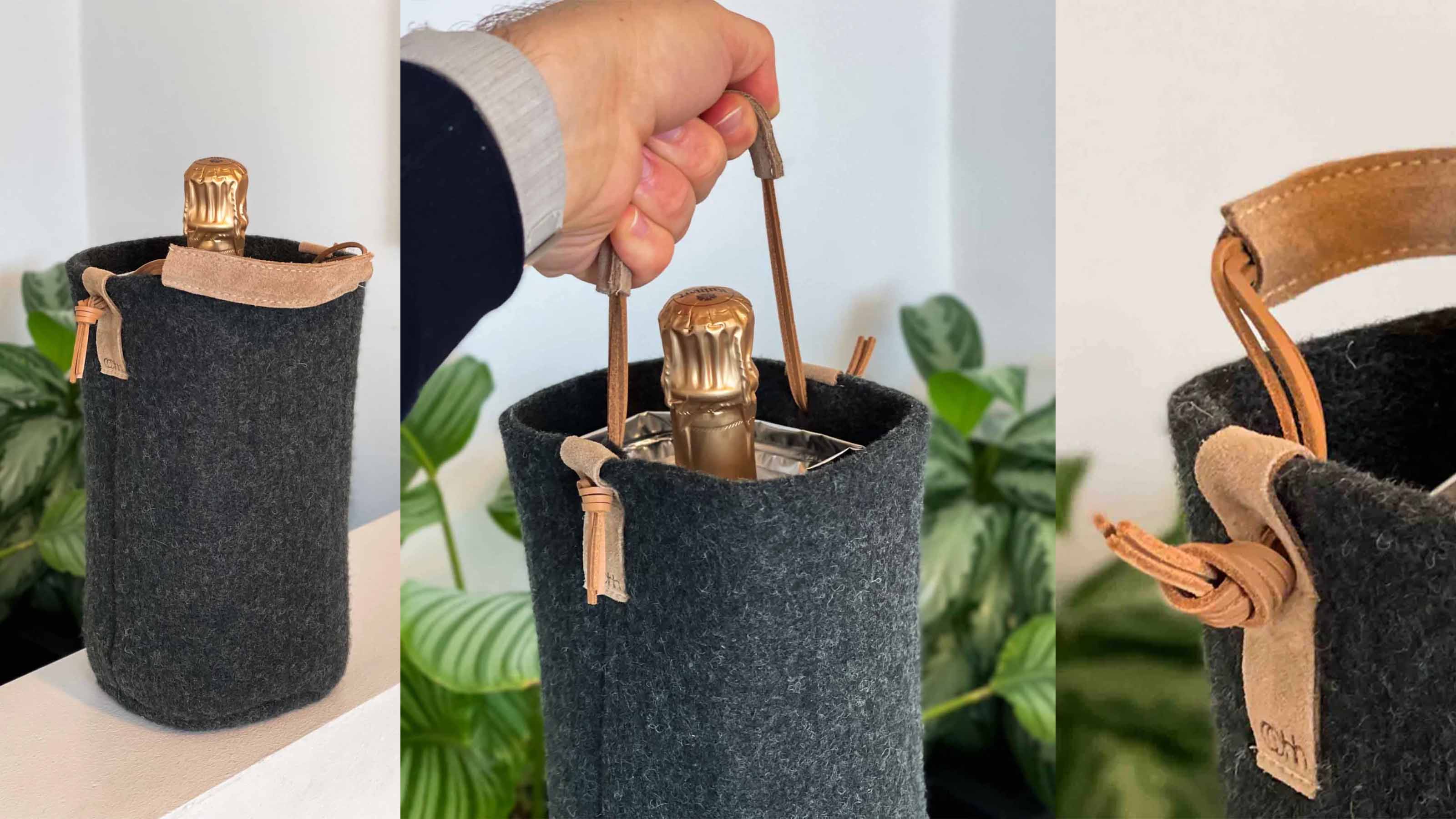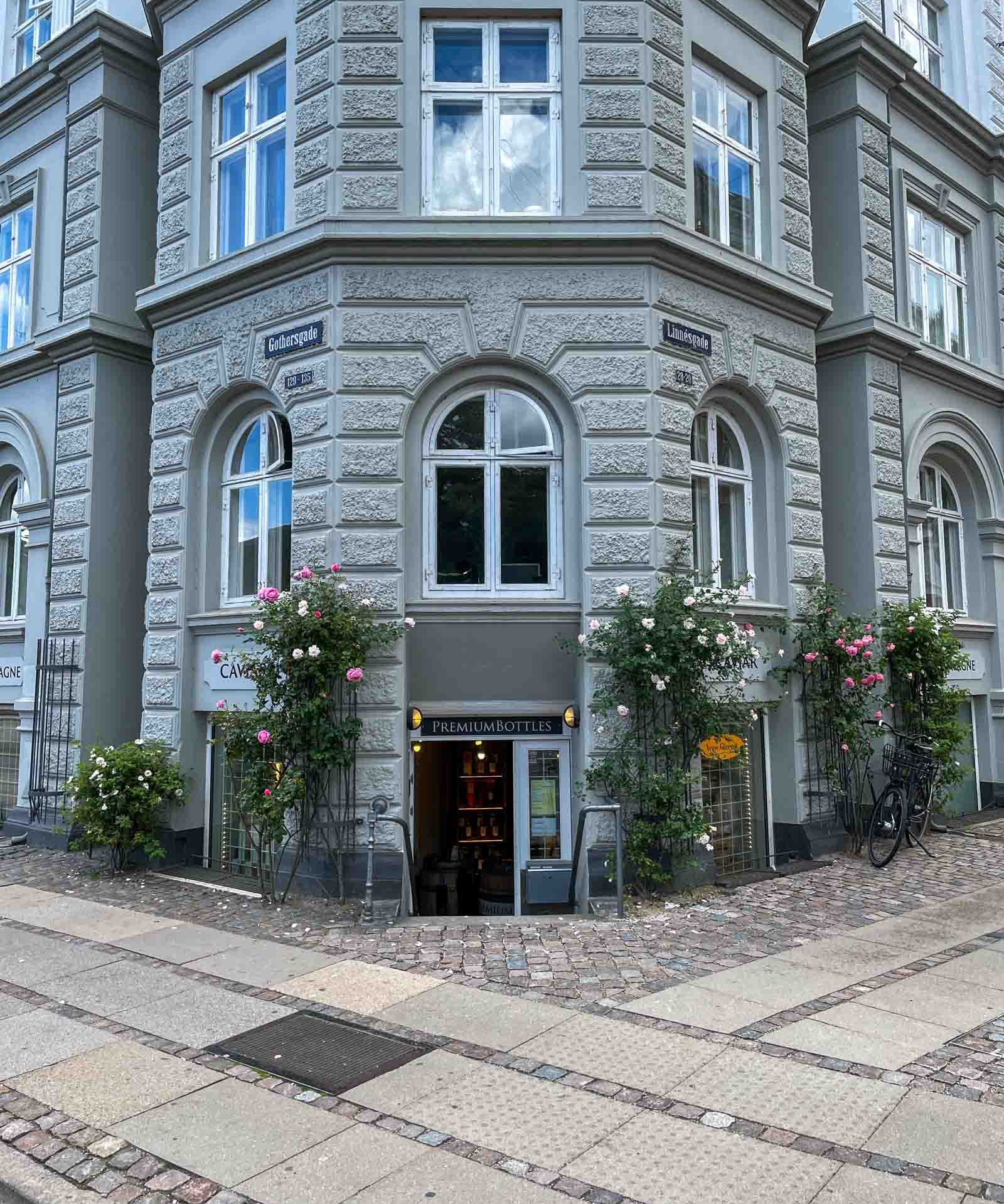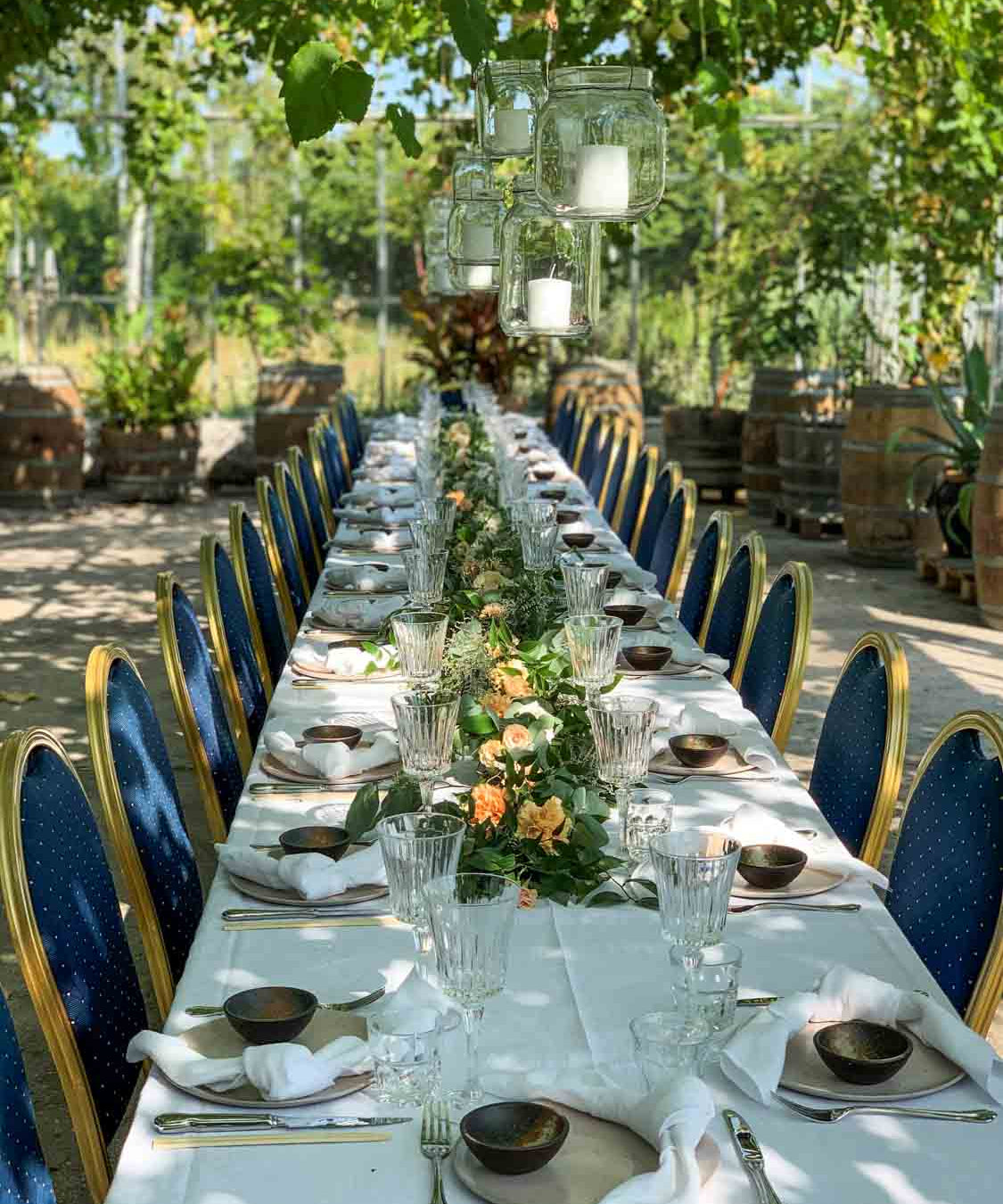Although you have probably enjoyed many glasses of bubbly in your lifetime, it is not certain that you are completely clear on exactly what sparkling wine is. Because what exactly is sparkling wine, how many different types are there and how do they differ from each other?
We will try to make you more aware of all that in this post. So hopefully you've become a mini sparkling wine expert by the time you finish reading this text.
Let's start with the very essentials first; What is sparkling wine?
Sparkling wine is basically just wine to which carbonation has been added. When wine is made, yeast is added to the grape juice itself. It has the effect that the yeast converts the natural sugar in the grape juice into alcohol, and at the same time releases carbon dioxide. But since this process takes place in open vessels, the bubbles will not remain in the wine.
But when you make sparkling wine, you subject the wine to a second fermentation, which now takes place in the bottle. In this way, the carbonation remains in the wine, and thus the iconic bubbles are created. If you are curious to learn more about the way champagne is produced, you can read our post on champagne production .
Different types of sparkling wine
When talking about what sparkling wine is, it can also be a little confusing that there are quite a few types of sparkling wine. Many of the major wine countries have their own variety, and therefore it can be a bit difficult to find your way around.
Therefore, we explain below what characterizes the best-known varieties of sparkling wine.
What is champagne?
Champagne is considered by many to be the king of sparkling wines. All champagne is produced in the Champagne district in the north-east of France. It is thus a requirement that the sparkling wine is produced in the Champagne district, and according to current regulations, before you can call your sparkling wine champagne.
Seven different grape varieties may be used in champagne, but almost all champagne is made from these three grape varieties; Pinot Noir, Pinot Meunier and Chardonnay.
Although champagne is probably the most well-known of the sparkling wines, it is actually only about every twelfth bottle of sparkling wine that is champagne.
See our large selection of champagne
What is cava?
Cava is a Spanish sparkling wine. In fact, it is the result of a Spanish inspiration trip to the Champagne district back in the 1800s, where the Spanish delegation visiting Champagne was so enthusiastic about the French bubbles that they decided to start their own production from local green grapes.
In Spain, unlike in Champagne, mainly green grapes are used for the production of the sparkling wine. Seven different varieties are allowed to be used, of which the three largest are all green grape varieties and are called Parellada, Xarel-lo and Macabeo. In addition, Pinot Noir, Chardonnay, Subirat and Trepat may be used.
In the past, all sparkling wine from Spain could be called cava, but now only sparkling wines from Catalonia can be called cava.
What is prosecco?
Prosecco is an Italian sparkling wine, which is popularly called the champagne of Italy. As with both champagne and cava, only sparkling wine from one specific area of Italy can be called prosecco.
Prosecco is only grown in the Italian districts of Friuli and Vento, which are collectively known as the 'Prosecco district'. Translated into Danish, prosecco means 'almost dry', which is a very apt description for the type of sparkling wine that comes from the area.
The wine is primarily made from the Glera grape, but the grape varieties Chardonnay, Pinot Noir, Perera, Blanchette and Verdiso are also used.
There are two types of prosecco, which are called spumante and fizzante. Spumante is classic sparkling wine in line with cava and champagne, where fizzante can be called more 'semi-sparkling', due to a slightly smaller amount of bubbles.
Dryness levels in sparkling wine
Since sparkling wine can be produced in several ways, and with several different grape types, there is of course also a big difference in how they taste. One of the indicators you have as a consumer is the degree of dryness of the sparkling wine.
They can go from completely sweet to crunchy. That is why a sweetness scale has been created, which tells you something about how sweet or dry the wine is. The scale goes from Doux, which is the absolute sweetest, to Brut Zero, which is crunchy and completely without residual sweetness.
However, the most well-known designations are Brut and Demi-sec, which also adorn the vast majority of sparkling wines.
Broken
Brut is by far the most well-known degree of dryness for sparkling wine, and also the one that many great champagnes have. A sparkling wine designated 'Brut' has a sugar content lower than 12 g/l.
Demi-sec
Demi-sec is the second degree of dryness, which adorns many sparkling wines. It is somewhat sweeter than a Brut, and thus has a sugar content of between 32 and 50 g/l. The greater sweetness also makes Demi-Sec an obvious choice for the New Year's bubbles that you enjoy with the wreath cake. Here, the sweetness from the wine will go hand-in-hand with the sweetness from the cake, where a Brut will not suit at all.
The Complete Sweetness Scale:
- Brut zero: No added sugar. Sugar content below 3 g/l. Knastør.
- Extra brut: Sugar content below 6 g/l. Very dry.
- Brut: Sugar content lower than 12 g/l. Dry.
- Extra sec: Sugar content between 12-17 g/l. A little sweet.
- Demi sec: Sugar content between 32 and 50 g/l. Pretty cute.
- Doux: Sugar content higher than 50 g/l. Very sweet.































